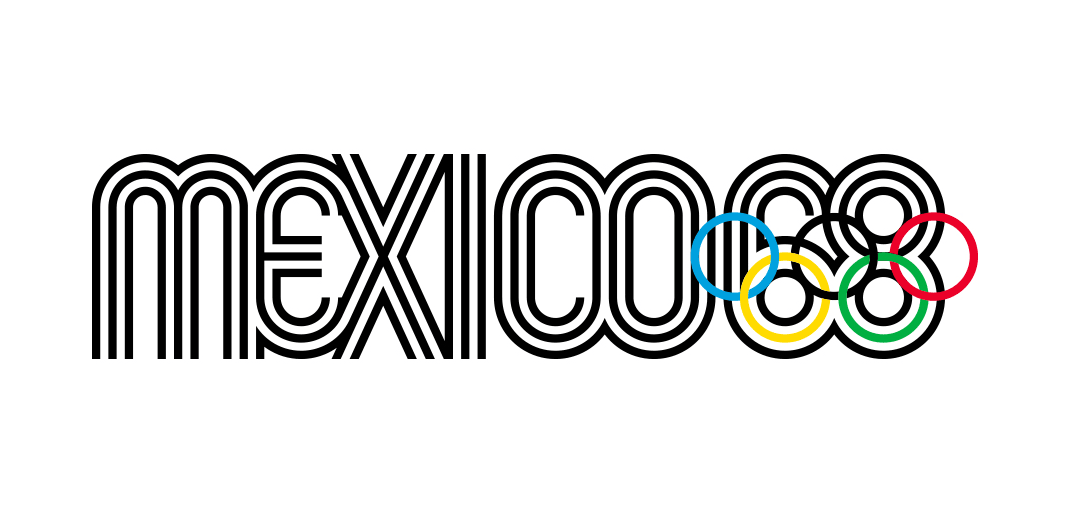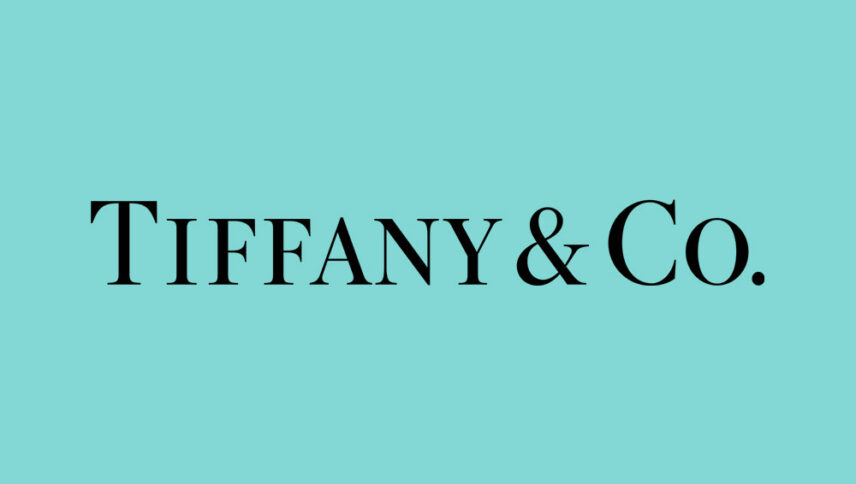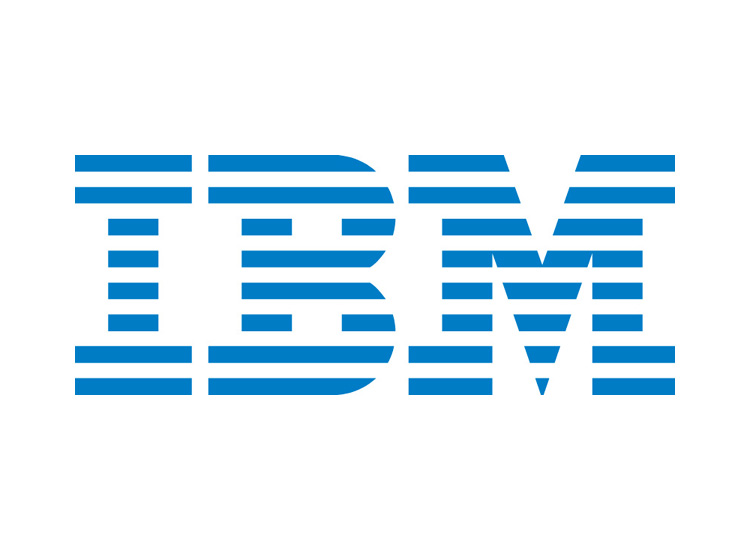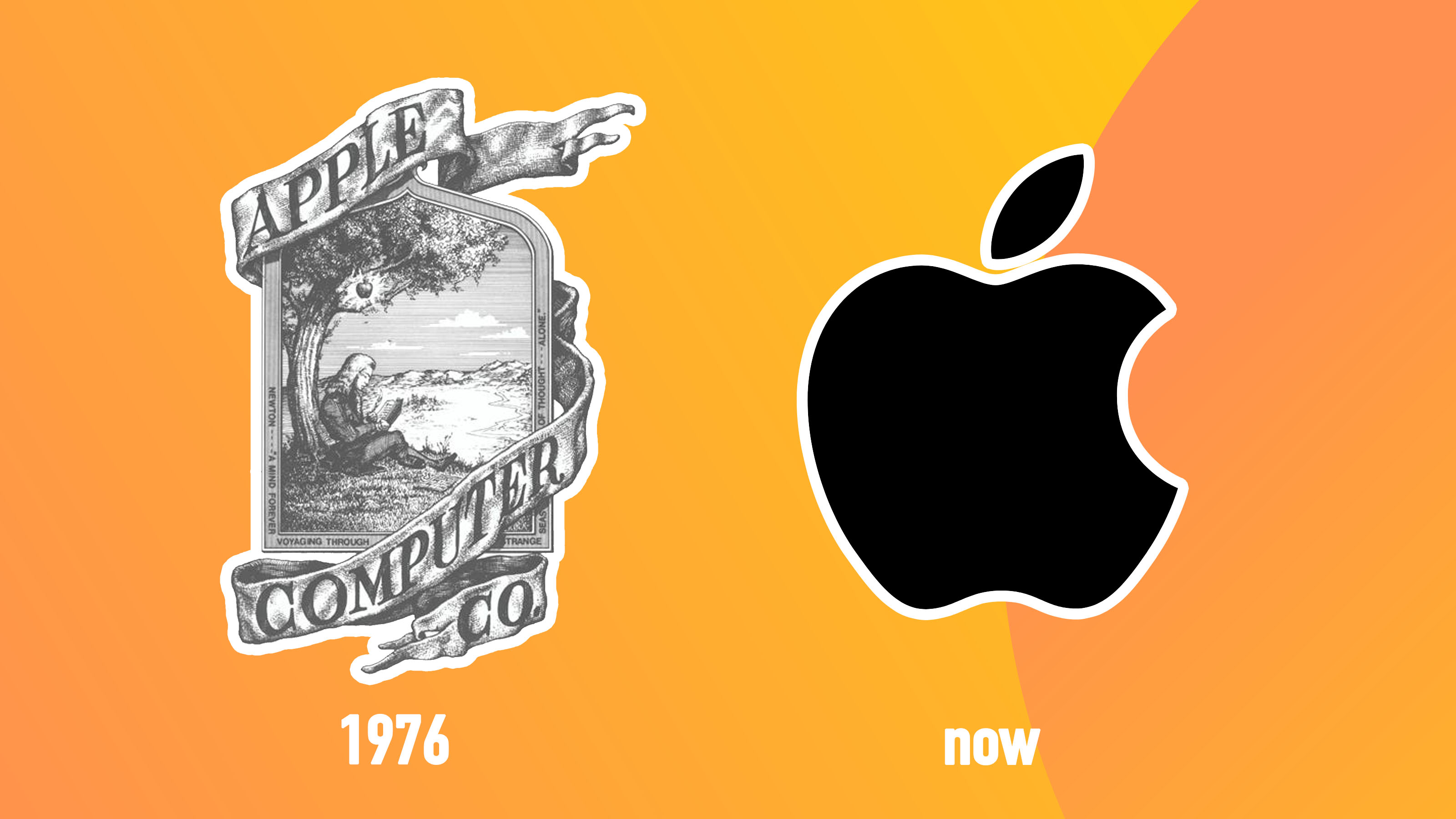
For every eagle putt, basket made, or race tape broken, you can’t help but notice the logo on the athlete’s hat, singlet or shoe. As weekend warriors, we might even share in – or feel a hint of – those past or imagined glories. Beyond sports, we self-identify with our tribe through the brands we wear, purchase, and consume.
In a world dominated by social media and ever-growing content proliferation, it’s easy to overlook, or under invest in, one of the most vital assets in a branding toolkit: the logo. This is especially true in the constant content machine, where ownership often extends beyond the brand and marketing teams.
The best logos serve as a cultural touchstone, embodying a set of values we hold dear, a purpose we can embrace, and a movement we believe in. Each logo manifests these values while telling its own unique story of place, culture, or experience, creating opportunities for connection.

Just look to the recently evolved Korean Air logo. Beyond its visual design, a logo is a kaleidoscope of meaning, encompassing memories, experiences, hopes, and dreams. It catalyses an enduring relationship and opens cultural possibilities.
However, if we take logos for granted and fail to nurture and continuously invest in them, they risk losing their significance and ability to connect with current and future generations. Investment in a logo or logo evolution can be an invaluable catalyst for your brand, but only if it’s prioritised as such.
Can a logo be more than a logo?

For some brands the logo transcends a graphic mark. In some contexts, and for some consumers, the more memorable icon can be a mnemonic sound, campaign line, colour, mascot, pattern, physical form or ritual.
While the graphic logos of Duracell, Tiffany, or Corona may not immediately come to mind, the copper top, the robin’s egg blue colour, and a lime squeezed into the top of a beer bottle, are indelibly rooted in our psyche.
Each of these brand elements amplifies our emotional connection and unlocks a treasure trove of marketing opportunities. Although none of these fit on the side of a shoe, hood of a car, or app button, they should be considered in the context of the overall investment in brand expression.
This does not mean the logo can be an afterthought. The logo, more than any other asset in the toolkit has an outsized role to play that transcends a campaign and often a positioning in the market. Look at the logo history of Samsung or DuPont. The logo and strength of the brand help the companies bridge evolutions.
Designing a logo

To nurture and invest in a logo successfully, we must ask what role we want each of the elements in our brand toolkit to play. What will serve as the primary point of differentiation for the brand, and how will that be externally communicated to position the brand in the broader competitive landscape?
In today’s media landscape, how can we play with and adapt the logo for various contexts? In that respect, Paul Rand’s IBM logo and playful pictorial rebus was ahead of its time. Similarly, Lance Wyman’s Mexico City Olympic logo established a broader language for the games that was rooted in, and amplified, Mexican culture in a fresh way.

When designing or redesigning a logo mark, designers must be both insightful and brave. The first and often hardest step is to define a clear problem statement. Before contemplating the typeface, whether the symbol is abstract or representational, the form, shape, and color, we must ask: what are we solving for? And for whom?
Creating a new logo creates a vast array of opportunities, and here is where companies must listen for, and be true to, the possibilities of the name. Brands like Nokia, Walmart and Apple offer distinct graphic and storytelling options, literal and abstract, including the design of the name style, colour, and symbolic icons, and designers provide the ideas and craft to help bring them to life.
While the success of a logo often hinges on product quality, inventive marketing, and business leadership, a simple, well-crafted logo – like any good investment – allows the equity from business success to accumulate and multiply over time. Together, these elements create a seemingly magical serendipity.
Understanding the need for change

Some brands get their logo right the first time, like Nike, and some do not—think the first logo for Apple). Some logos evolve and crystallise over longer periods, such as Starbucks, Southwest Airlines, or PBS, while others require a more significant shift to change perceptions, adapt to societal shifts, or signal a new offering, as seen with Bombardier, Walmart and SK.
One of the most important things about successfully leveraging your logo and investment in the asset is knowing when and how to evolve it. Is the change necessary, or is the problem best solved with a change of wardrobe or marketing?
Designers and clients must be humble enough to recognise that when a logo has a unique form, legal status, and societal recognition, a radical change could be damaging, and sometimes a scalpel is needed. Consider the careful evolutions of DuPont and recent changes to Walmart and Amazon.
The biggest risk today is not to take one
We must also know when to be clear-minded and brave. The essence of a brand is differentiation, and amid all the daily noise, the biggest risk today is not to take one.
In his book How brands become icons, Doug Holt highlights that society and its relationships with brands is constantly evolving. Each tribe, generation and culture form its own rituals and relationships, and brands can miss their moment, grow complacent, or fail to keep up and bridge the gap.
Seemingly iconic bonds and brands can slowly erode – think Hallmark Cards – or quickly break, as seen with Twitter.
As clients, consultants, marketers, or designers, we must shift our perspective from ambassador to cultural curator – hunters and farmers of new ideas. We need to stay vigilant, seeking out new opportunities and cultivating fresh ideas. Logos are not passive objects; they are alive in culture, chameleons that need to be nourished.
Look at Nike’s Dream Crazy with Colin Kaepernick, and So Win (above), brands and their logos take on new and broader meaning as the brand express their values, engaging in and provoking conversations with society. By nurturing our tribes, we can build meaning, loyalty, and love, ensuring that our logos serve as inspirational lightning rods.

Have you created a standout logo or branding? Enter the Brand Impact Awards.







